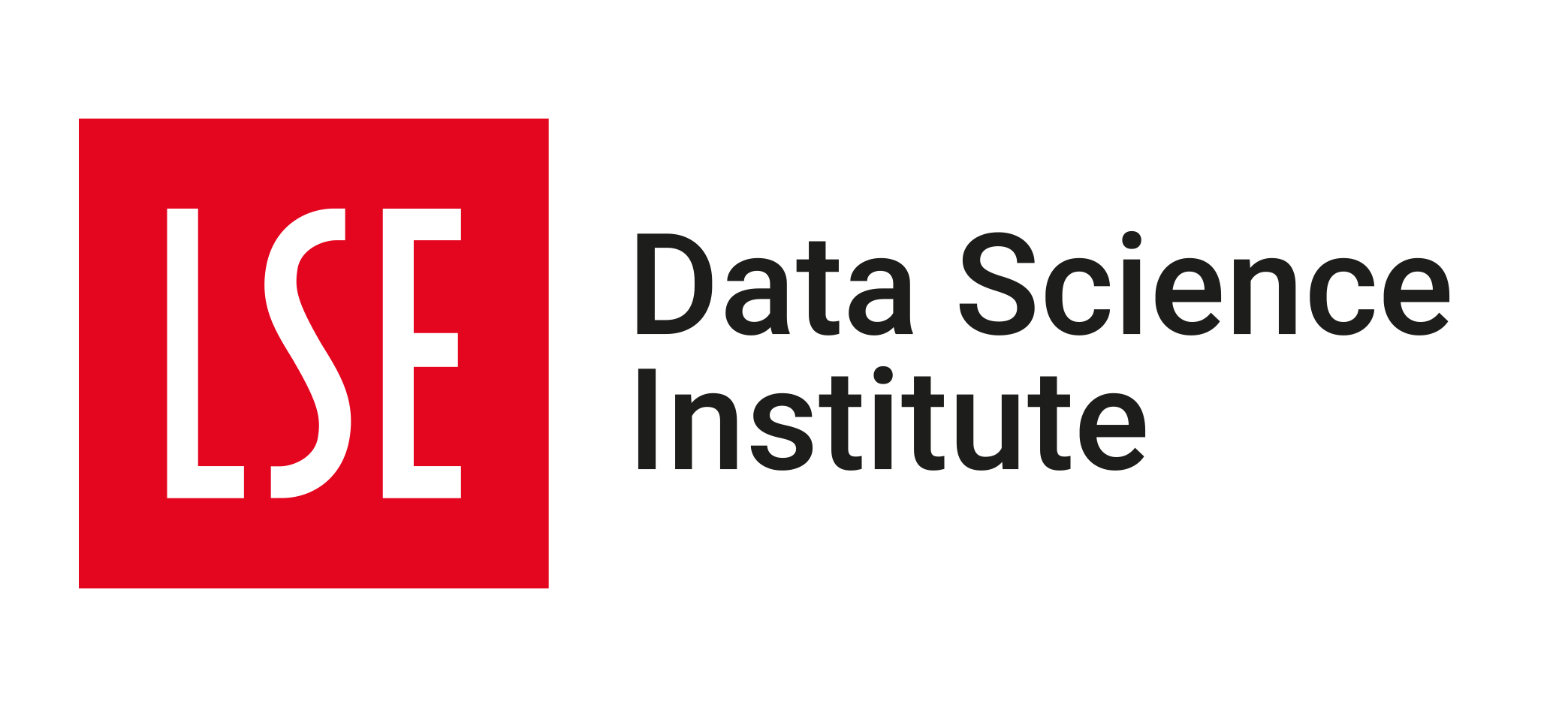🗓️ Week 01 - Part II
Data Science toolbox
DS105 Data for Data Science 🖥️ 🤹
9/30/22
What do we mean by data science?
Data science is…
“[…] a field of study and practice that involves the collection, storage, and processing of data in order to derive important 💡 insights into a problem or a phenomenon.
Such data may be generated by humans (surveys, logs, etc.) or machines (weather data, road vision, etc.),
and could be in different formats (text, audio, video, augmented or virtual reality, etc.).”
The mythical unicorn 🦄
knows everything about statistics
able to communicate insights perfectly
fully understands businesses like no one
is a fluent computer programmer
In reality…
We are all jugglers 🤹
- Everyone brings a different skill set.
- We need multi-disciplinary teams.
- Good data scientists know a bit of everything.
- Not fluent in all things
- Understands their strenghts and weaknessess
- They know when and where to interface with others

The
Data
Science
Workflow
The Data Science Workflow
The Data Science Workflow
It is often said that 80% of the time and effort spent on a data science project goes to the tasks highlighted above.
The Data Science Workflow
And this is what this course is about! You will learn some of the most common tools used during this process.
The toolbox 🧰
- Python or R ??
- Use the programming language you feel more comfortable with.
- When you form groups, discuss whether you will adopt a single language or use a mix
- It is okay to mix languages if your group is well coordinated
Python vs R
Python
How should we share code?
Github!
Use Github for everything related to your project!
- You will learn to setup Github for your own code on 🗓️ Week 05’s lab.
- You will learn how to work effectively as a team on Github on 🗓️ Week 09’s lab.
Important
Don’t share code via e-mail, Dropbox, Google Drive or anything like that!
It is a bad practice as things get messy very quickly.
Where do I get data?
Tip: Data is Plural
Data is Plural run by Buzzfeed’s data editor 🧑 Jeremy Singer-Vine. People send him interesting/funny/odd datasets and he shares them in a weekly newsletter. Here’s the link to the website (the google doc list of datasets is linked here)
Final project requirements
- Your main data source must be collected:
- using an API or,
- by webscrapping
- That is, you cannot use static datasets.
- the point of this course is for you to get past the technical barrier of collecting and handling data
- We will give you more detais during the Term.
What’s Next?
- Next week we will introduce you to The Terminal
- Join our
Slack group if you haven’t done so yet.
- Use the time before our first lab to revisit basic programming skills.
- Head over to the 🔖 Week 01 - Appendix page for:
- Indicative & recommended reading
- Programming Resources
Thank you
References

DS105 - Data for Data Science 🖥️ 🤹
